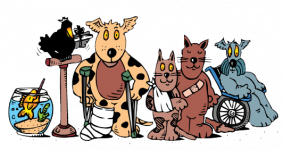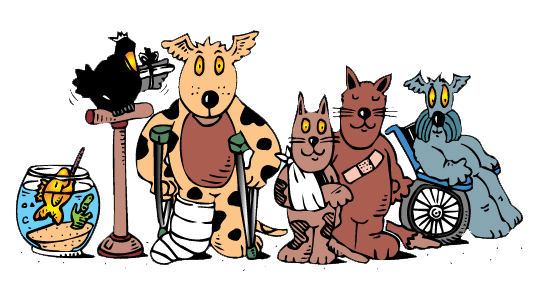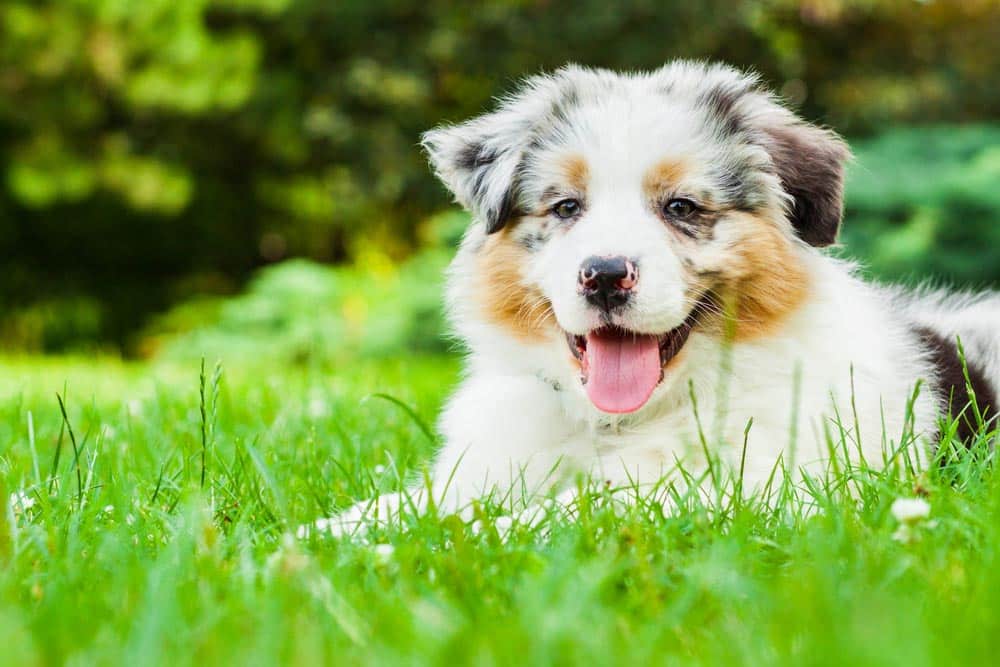As pet owners, we always strive to provide the best care for our furry companions, ensuring their health and happiness. However, dogs can suffer from various health issues; one common concern is bloat, also known as gastric dilatation-volvulus (GDV). In this blog, we’ll explore the causes, symptoms and treatment options for bloat in dogs, as well as preventative measures pet owners can take to keep their beloved pets safe from this potentially life-threatening condition.
Bloat in dogs occurs when the stomach fills with gas or fluid and expands, causing it to twist or rotate. This can happen from eating too much too quickly, exercising immediately after eating or swallowing excessive air while eating or drinking. Large breed dogs with deep chests, such as Great Danes, German Shepherds and Standard Poodles are typically more susceptible to bloat.
Symptoms of Bloat In Dogs
The symptoms of bloat in dogs can vary, but some common signs to look out for include:
- Distended abdomen: This is one of the most noticeable symptoms, and you may see your dog’s stomach is bloated and enlarged.
- Unproductive vomiting: Your dog may try to vomit, but nothing comes out.
- Restlessness: Your dog may seem anxious and restless, pacing or panting.
- Difficulty breathing: As the stomach expands, it puts pressure on the diaphragm, making it harder for your dog to breathe.
- Collapse: In severe cases, your dog may collapse or be unable to stand.
If you suspect your dog is experiencing bloat, it’s essential to seek veterinary care immediately. Bloat can be life-threatening, and the longer you wait, the worse it can get. Your veterinarian will conduct a physical exam, take X-rays and perform blood tests to confirm the diagnosis.
Treatment options for bloat depend on the severity of the condition. In mild cases, your veterinarian may try to relieve the gas pressure through a tube inserted through the dog’s mouth into its stomach. In more severe cases, surgery may be necessary to untwist the stomach and remove any damaged tissue.
Tips To Prevent Bloat In Dogs
Tips to prevent bloat in dogs include:
- Avoid feeding your dog one large meal a day. Instead, split the meal into two or three smaller portions.
- Don’t allow your dog to exercise immediately after eating.
- Use slow-feed bowls or interactive toys to slow down your dog’s eating.
- Avoid feeding your dog from a raised bowl.
Knowing the symptoms of bloat and taking preventative measures can help keep your pet healthy and happy. If you have any concerns about your dog’s health or suspect they may be experiencing bloat, don’t hesitate to contact our team at Sarina Veterinary Surgery for advice or treatment options.


